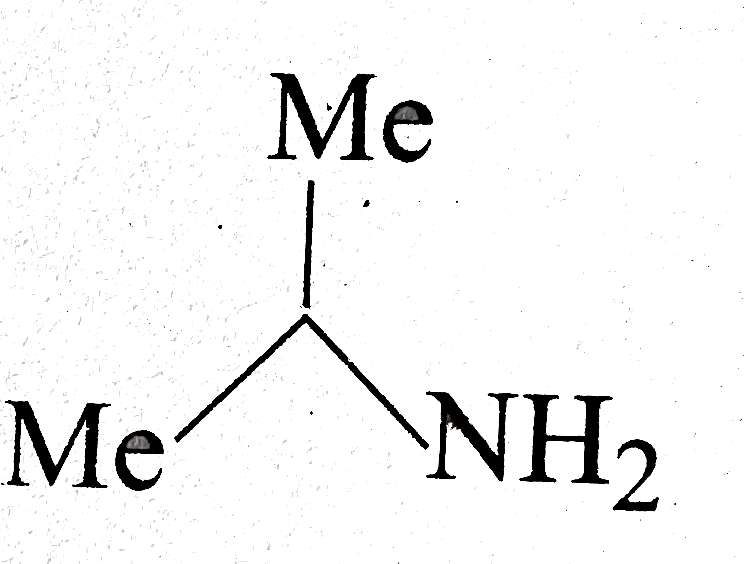Arrange the following cells in an ascending order based on their size.
i) Mycoplasma ii) Ostrich egg
iii) Human RBC iv) Bacterium
i, iv, iii, ii
i, ii, iii, iv
ii, i, iii, v
ii, ii, i, v
The correct Answer is:A
To arrange the given cells in ascending order based on their size, we will first identify the approximate size of each cell type:
1. Mycoplasma: Mycoplasma are the smallest known cells, with sizes ranging from approximately 0.1 to 0.5 micrometers (µm).
2. Bacterium: Bacterial cells typically measure between 3 to 5 micrometers (µm) in length.
3. Human RBC (Red Blood Cell): Human red blood cells have a diameter of approximately 6 to 8 micrometers (µm).
4. Ostrich Egg: The ostrich egg is the largest cell, measuring about 15 centimeters (cm) or 150,000 micrometers (µm) in diameter.
Now, let's arrange these cells in ascending order based on their size:
- Step 1: Start with the smallest cell, which is Mycoplasma (0.1 - 0.5 µm).
- Step 2: Next, we have Bacterium (3 - 5 µm).
- Step 3: Following that is Human RBC (6 - 8 µm).
- Step 4: Finally, the largest cell is the Ostrich Egg (150,000 µm).
Thus, the ascending order based on size is:
1. Mycoplasma
2. Bacterium
3. Human RBC
4. Ostrich Egg
In numerical order, this corresponds to:
1 (Mycoplasma), 4 (Bacterium), 3 (Human RBC), 2 (Ostrich Egg).
Final Answer:
The correct ascending order is: 1, 4, 3, 2.
2. Bacterium: Bacterial cells typically measure between 3 to 5 micrometers (µm) in length.
- Step 2: Next, we have Bacterium (3 - 5 µm).
- Step 3: Following that is Human RBC (6 - 8 µm).
- Step 4: Finally, the largest cell is the Ostrich Egg (150,000 µm).
1. Mycoplasma
2. Bacterium
3. Human RBC
4. Ostrich Egg
1 (Mycoplasma), 4 (Bacterium), 3 (Human RBC), 2 (Ostrich Egg).
The correct ascending order is: 1, 4, 3, 2.
Topper's Solved these Questions
- THE UNIT OF LIFE BOOK - AAKASH SERIESCHAPTER - THE UNIT OF LIFE EXERCISE - EXERCISE - I (General Morphology of a cell : Cell theory)
4 Videos
- THE UNIT OF LIFE BOOK - AAKASH SERIESCHAPTER - THE UNIT OF LIFE EXERCISE - EXERCISE - I (Protoplasm theory : Prokaryotic cell)
22 Videos
- THE UNIT OF LIFE BOOK - AAKASH SERIESCHAPTER - THE UNIT OF LIFE EXERCISE - EXERCISE-III (Previous AIPMT/NEET Questions)
81 Videos
- THE LIVING WORLD BOOK - AAKASH SERIESCHAPTER - THE LIVING WORLD EXERCISE - EXERCISE-III (Previous AIPMT/NEET Questions)
12 Videos
Similar Questions
Arrange the following types of soil in increasing order based on the size of the mineral particles in them.
View SolutionDifferent cells have different sizes. Arrange the following cells in an ascending order of their size. Choose the correct option among the followings
i. Mycoplasma, ii. Ostrich eggs
iii. Human RBC, iv. Bacteria
View Solution
Knowledge Check
Different cells have different sizes. Arrange the following cells in an ascending of their size and select the correct option.
(i) Mycoplasma (ii) Ostrich egg
(iii) Human RBCs (iv) BacteriaA(i)→(iv)→(iii)→(ii)B(i)→(iii)→(iv)→(ii)C(ii)→(i)→(iii)→(iv)D(iii)→(ii)→(i)→(iv)
Different cells have different sizes. Arrange the following cells in an ascending order of their size. Choose the correct option among the followings
i. Mycoplasma, ii. Ostrich eggs
iii. Human RBC, iv. Bacteria
View SolutionArrange the following in ascending order based upon their molecular weights
A) Nucleotide
B) Phosphate
C) Nucleoside
D) Sugar
View SolutionArrange the following plants in descending order based on number of locules in their ovaries : (i) Anacardium (ii) Citrus (iii) Asparagus (iv) Solanum
View SolutionArrange the following fractions in ascending order :
(i) 58,712 (ii) 34,512,916.
View SolutionArrange the following in the ascending order based on their chromosome number (i) Primary endosperm cell of Maize (ii) Meristematic cell of Apple (iii) Xylem parenchyma cell of Potato (iv) Aleurone layer cell of Rice.
View SolutionArrange the following in their decreasing order of Basicity.
(I)
(III)
(IV) NH3.
View SolutionArrange the following places in increasing order of bird diversity.
(i) New York
(ii) India
(iii) Greenland
(iv) Columbia
View Solution
